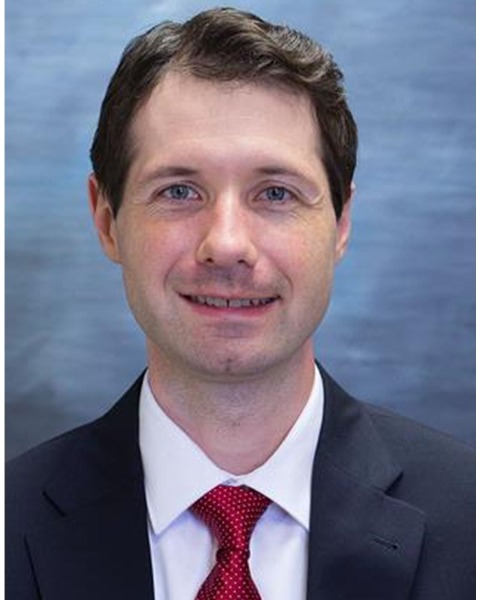SIR 2025
Pediatric Interventions
Scientific Session
Predicators of Clinically Significant Ascites Recurrence in Children Following Paracentesis

Joseph Reis, MD
Associate Professor
University of Washington, United States- GL
Gabe Li, MD
Integrated IR Resident
University of Washington, United States - RI
Ramesh Iyer, MD
Professor
Seatt, United States - AB
Aaron Bogart, MD
Assistant Professor
IR Seattle Childrens Hospital, United States - GS
Giri Shivaram, MD
Associate Professor
Seattle Children's Hospital, United States
Presenting Author(s)
Author/Co-author(s)
Children undergoing therapeutic paracentesis are at risk of requiring additional anesthetized drainages if fluid reaccumulates. A drainage catheter could prevent these procedures in appropriately selected patients. The purpose of this study is to identify which paracentesis patients may require future removal of ascites.
Materials and Methods:
An 8-year single center retrospective review was performed of all paracentesis procedures performed by the Interventional Radiology Department. Patients older than 18 years (yrs) of age, procedures targeting focal abdominal collections, drainage performed to aid liver biopsies and transjugular intrahepatic portosystemic shunt placements, diagnostic paracentesis, and abdominal drain placements were excluded. Patient demographics, procedural indication, and drainage volume were recorded and analyzed using descriptive statistics and regression analysis to predict the need for repeat drainage and number of procedures performed.
Results:
Therapeutic aspiration was performed during 127 procedures in 81 patients (50 male:31 female; mean age 9.51 +/- 7.34 yrs; mean weight 34.2 +/- 25.6 kg) removing an average of 41+/- 43.9 mL/kg ascitic fluid. On univariate analysis, aspiration volume (p=0.01) was a significant predictor for repeat procedures with 62.5 +/- 11.0 mL/kg ascites removed in the repeat group compared with 32.9 +/- 4.9 mL/kg removed in the non-repeat group. Younger age (p < 0.001) and smaller weight (p=0.01) were significant predictors for a higher total number of drainages.
Conclusion:
The volume of ascites removed during pediatric paracentesis predicts the likelihood of future aspirations and may guide the decision to place a temporary or permanent abdominal drain.


.jpg)